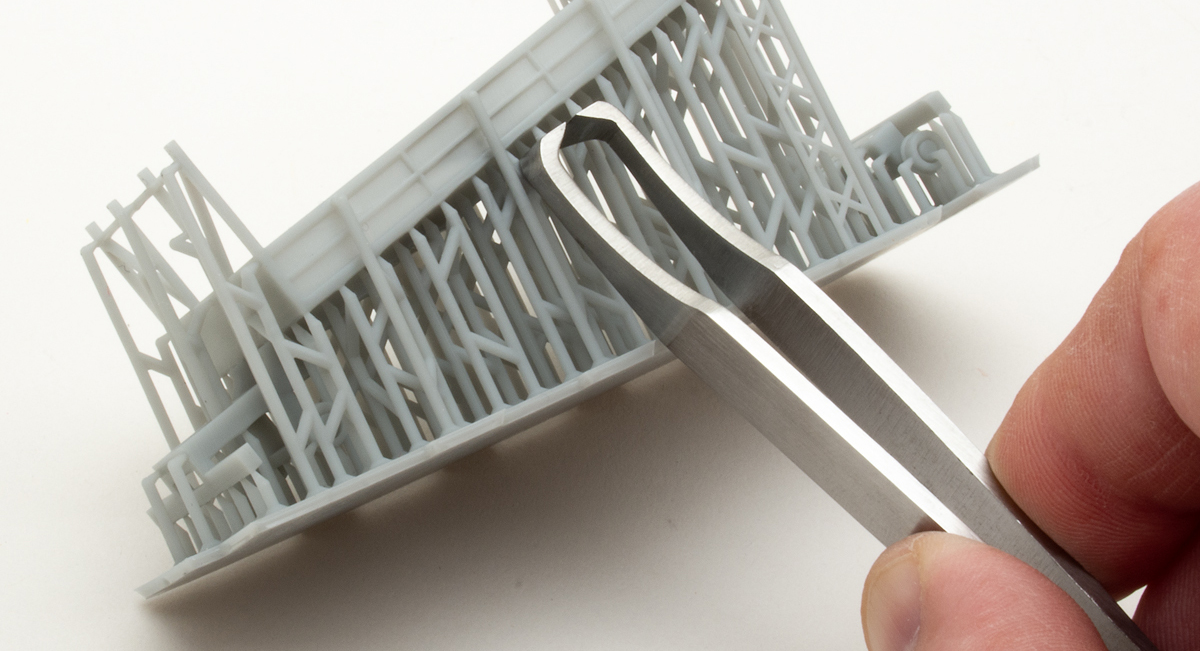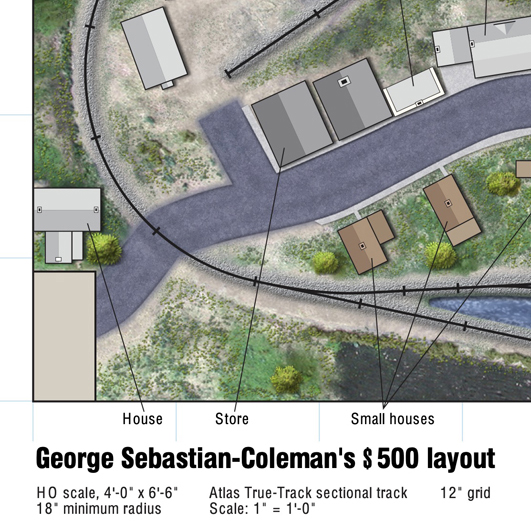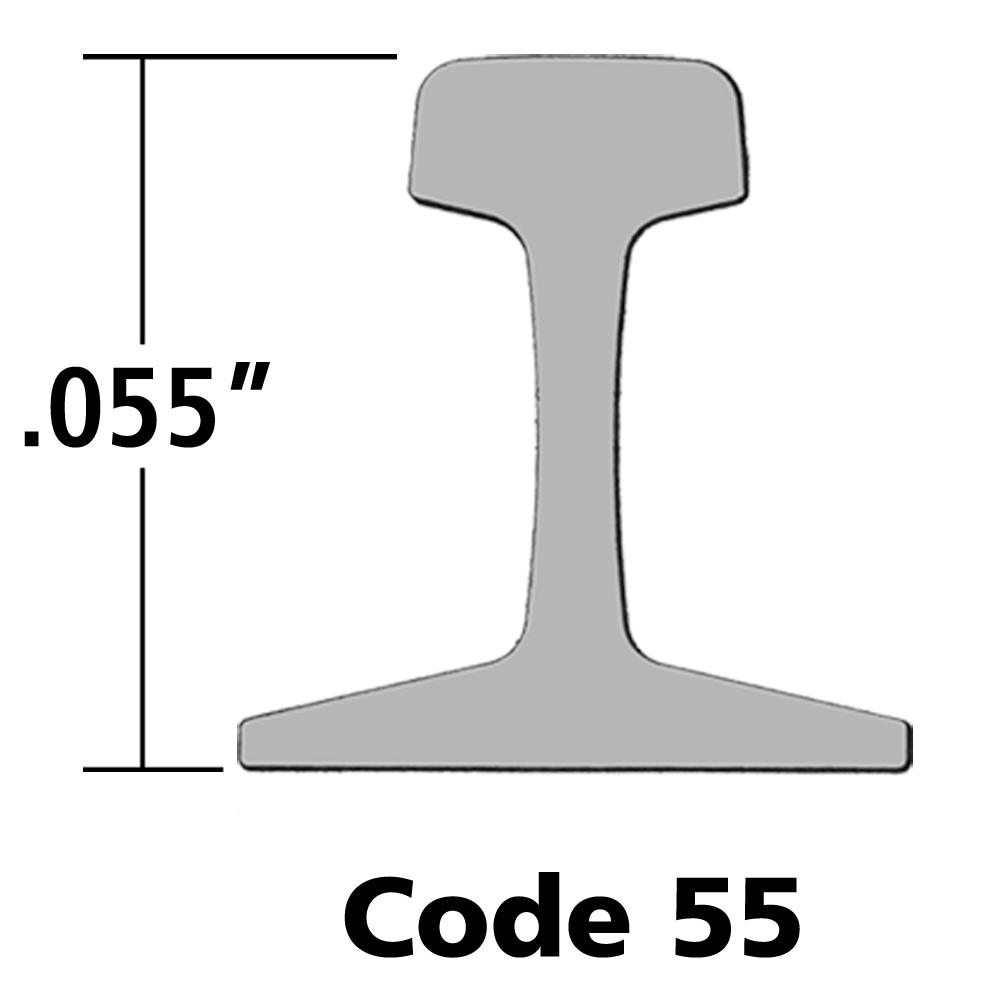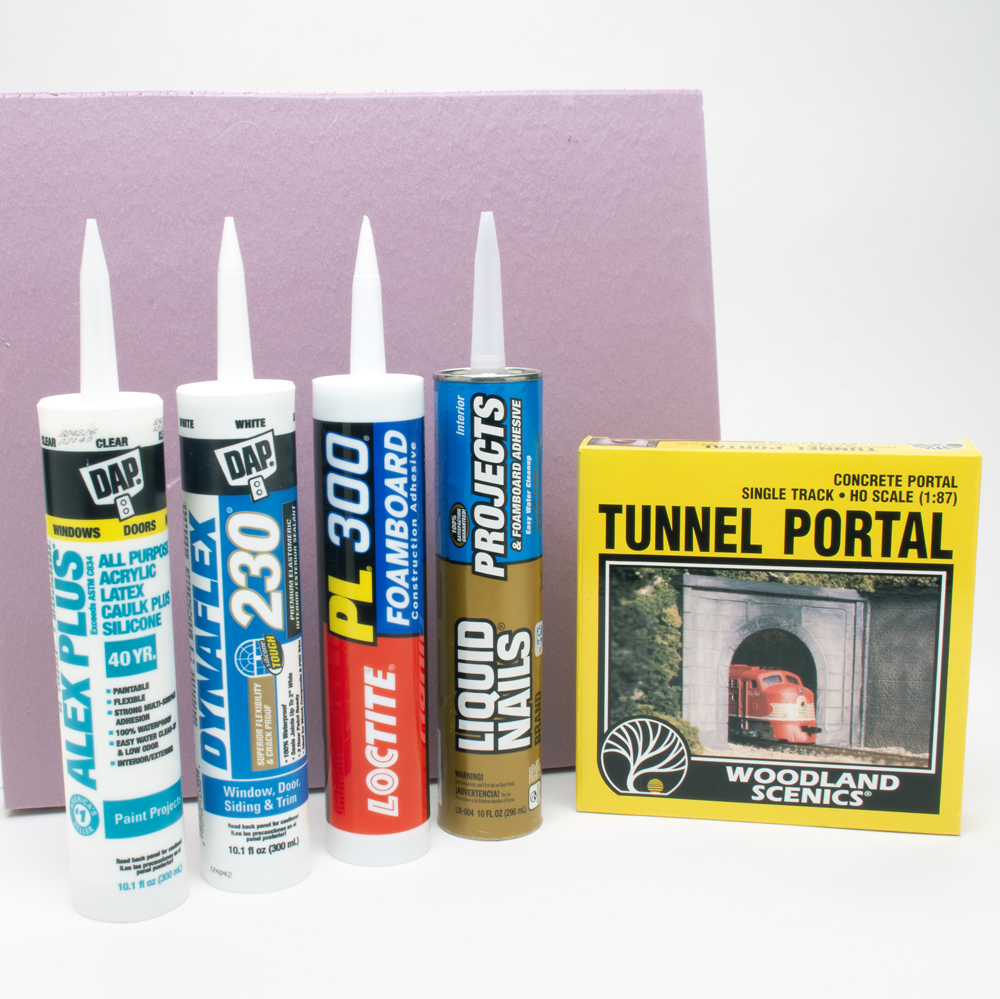Steve Favale has a number of 25-ton cranes on his layout, and the hooks swing around when he runs them. He’s wondering how he should secure the hooks. Hal Miller shares some photos that may hold the answer!
Securing crane hooks
| Last updated on December 2, 2022
Have a question? Ask Trains is here to answer














Like to share, when we moved a crane, pile driver or a burro crane on the railroad, we would lower the boom as low as possible, but would leave the hook resting on the flat car or tool car, not tight, so that the upper part of the cranes boom could move going around curves without the hook moving with the boom, the cranes boom then would move back and fourth. When needed we also would tie down the crane in the back from the counterweight with melt rods (two) to the body of the crane and that would secure the upper part of the crane to the lower from moving, also would have the swing brake on, not super tight either. Most of the times the operator and his helper would ride on the crane if going short distances and most of the time the crane would move its self, then we would just use the swing brake, again unless we where going long distance that’s when we would use the rods to tight down, also there where metal plates between body of crane and the wheel sets, we would remove this plates to make sure the crane could sway side to side going down the track from job to job. These melt plates where used only when we where making lifts on the sides of the crane on the job site, this would give the crane stabilization. Then when the time came to move from job to job we would remove these plates.
At times also we would have a engine to take us on long distances, again depending how far and where we where going. of course we would have speed restrictions and special instructions orders whenever we made these moves.
You can refer to Morning Sun Publications 4 volumes on railroad cranes from each railroad with pictures.
Speed restrictions when crane boom is facing forward vs crane boom facing the rear of the train. Some place I read that some cranes can not be moved with the train boom forward do to safety issues.
The major concern when moving a crane in a train is making sure the boom doesn’t swing sideways. If you notice in the close up photo that Hal showed there are cables attached to both sides of the boom that attach to car deck of the crane to keep it from swinging. I have seen them moved with the hook down low and also have seen them moved with the hook up tight against the bottom of the boom. If you lay the hook on the deck of the idler flat car you have to be sure that it can move sideways because in going around a curve the boom is going to move sideways in relation to the centerline of the idler flat car until the crane itself enters the curve.
Charlie